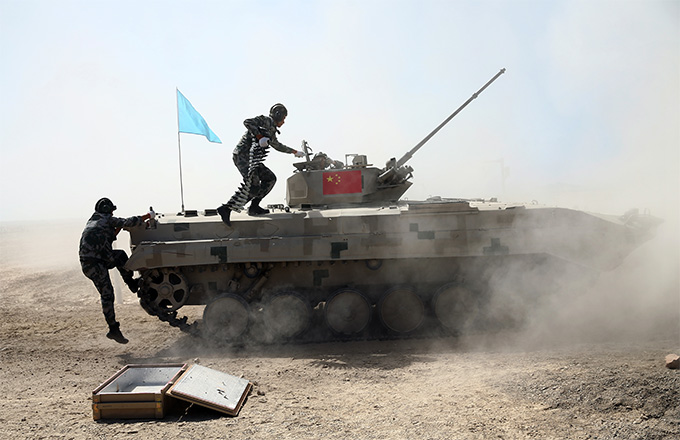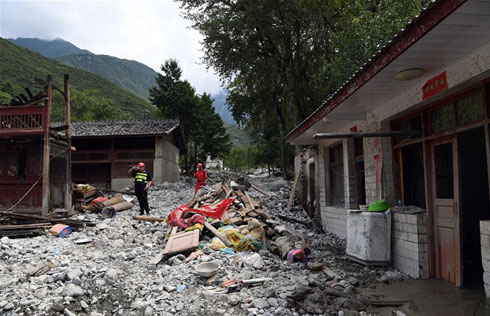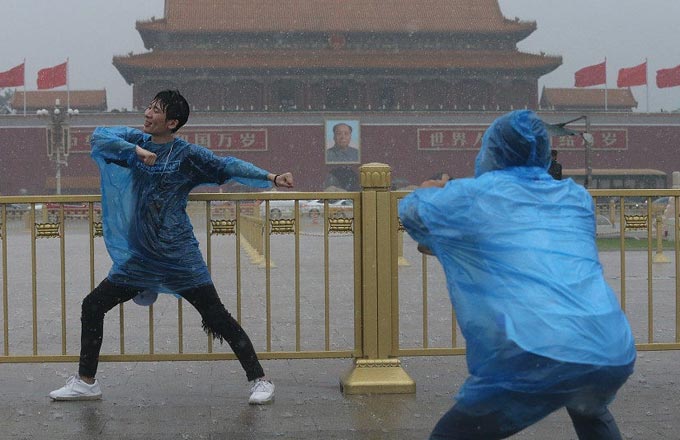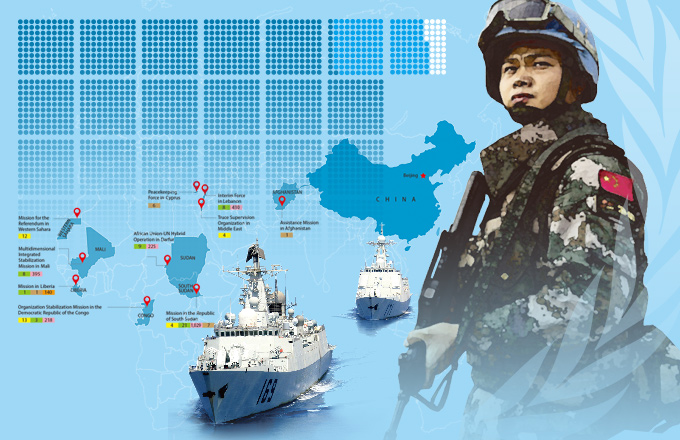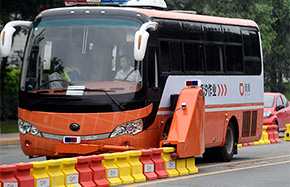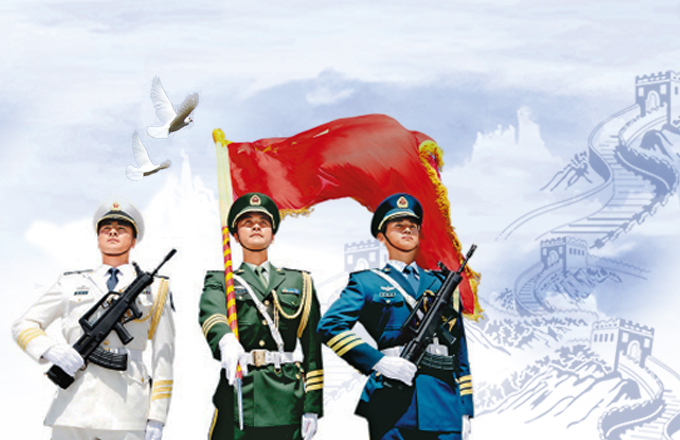China-made 'zipper truck' eases traffic congestion
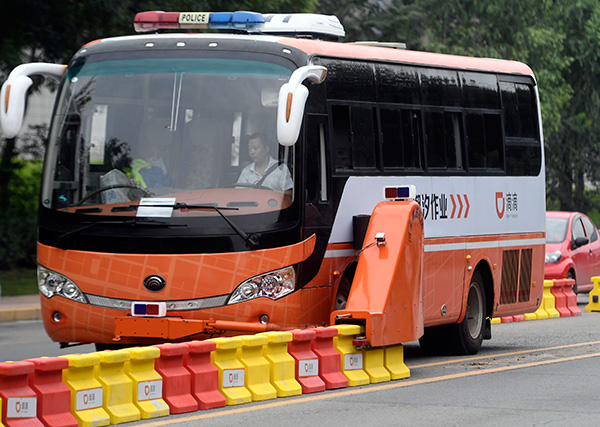 |
|
A "zipper truck" reassigns traffic lanes to ease congestion in Jinan, Shandong province, earlier this month. CUI JIAN/ FOR CHINA DAILY |
JINAN -The capital of Shandong province, Jinan, started using a "zipper truck" this week to alternate traffic lanes during rush hours and ease congestion.
The orange-and-white truck, refitted by the Qianjin Machinery Factory in Hebei province, can move the median barrier on Lyuyou Road while traveling at 8 kilometers per hour.
According to the driver, equipment on the vehicle's front-left lifts barrier segments off the road, and an S-shaped conveyor channel inside the vehicle transports them to the other side.
Lyuyou Road is generally configured with three westbound lanes and three eastbound ones. In half an hour, depending on the time of day, the zipper truck converts the road to a 4-2 formation.
The lanes are realigned between 5 pm and 7 pm on weekdays.
"The additional lane is most helpful during evening rush hours," said Wang Wenhu, head of infrastructure construction for the Jinan traffic police.
The median barriers, essentially a chain of linked barriers, were custom-made for the truck. Each weighs more than 50 kilograms. They are linked in chains of 20 or 30.
"Traffic is usually heavy in one direction and light in the other during rush hours. The zipper trucks on the Golden Gate Bridge made us green with envy," said Zhang Weimin, a Jinan-based driver, speaking of the bridge over the entrance to San Francisco Bay in the United States.
"Now that we have our own zipper, the traffic congestion is much reduced," Zhang said.
Many cities experience traffic congestion. The number of cars in China has grown astronomically since the turn of the century.
Wang said the zipper truck and adjustable lanes provide a new method for cities to increase road capacity and ease traffic.
"The Jinan traffic police will assess the effectiveness of the zipper truck, and if it passes muster there will be zipper lanes on more major roads," he said.
In many cities like Beijing, Nanjing and Changsha, the idea of relocating traffic lanes during commute periods is not new. But in the past, the traffic lanes were relocated manually, which was laborious and time-consuming.
"Workers needed hours per kilometer to move the traffic barriers," said Wang Le, an official at the Shenzhen traffic authority.
Inspired by the zipper trucks on the Golden Gate Bridge, Shenzhen, Guangdong province, put a similar vehicle on the road in October at a cost of 1.7 million yuan ($250,000).
Wu Sikang, director of development research for the city government, said managing larger cities with limited manpower was next to impossible.
"We must rely on technology and come up with new management methods," Wu said.






